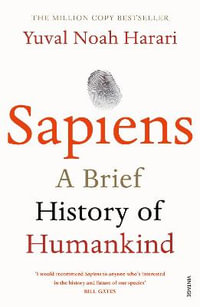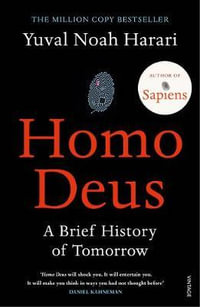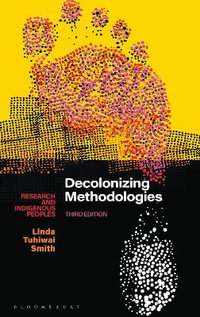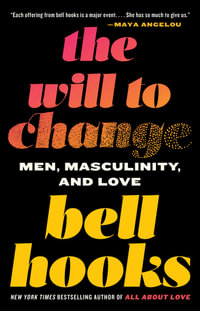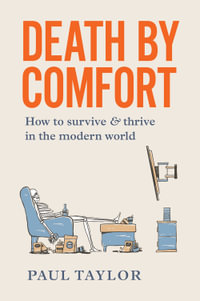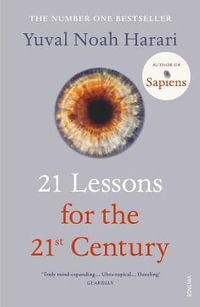One of the problems facing Europe is that the building of institutional Europe and top-down efforts to get Europeans to imagine their common identity do not necessarily result in political and cultural unity. Anthropologists have been slow to consider the difficulties presented by the expansion of the EU model and its implications for Europe in the 21st Century. Representing a new trend in European anthropology, this book examines how people adjust to their different experiences of the new Europe. The role of culture, religion, and ideology, as well as insiders’ social and professional practices, are all shown to shed light on the cultural logic sustaining the institutions and policies of the European Union.
On the one hand, the activities of the European institutions in Brussels illustrate how people of many different nationalities, languages and cultures can live and work together. On the other hand, the interests of many people at the local, regional and national levels are not the same as the Eurocrats’. Contributors explore the issues of unity and diversity in ‘Europe-building’ through various European institutions, images, and programmes, and their effects on a variety of definitions of identity in such locales as France, Denmark, the United Kingdom, Ireland and Belgium.
Adopting an anthropological approach, this book explores the quest to construct a sense of common identity at institutional level in the European Union (EU), and is particularly useful in identifying current research on the EU as project and object. The introductory essay by Irène Bellier and Thomas M. Wilson laments the marginalization of culture and identity in the EU and offers a useful overview of different approaches to the anthropology of Europe from American, British and French traditions. It examines the complexity of the concept of EU, which can refer to member states but also to a wider social system. Although Europe is currently in the process of defining and expanding a new public space, this project is severely hampered by the nation-state model, which dominates proceedings.
Contributions to the book are divided in two parts. The first deals primarily with the institutional level in Europe. Marc Abélès’s contribution adopts an unusual approach by querying whether the construction of a harmonious Europe should be regarded as an indefinite, ongoing process, rather than an end product. Although in theory the EU is a borderless, post-national or perhaps supra-national region, its political practice has been rooted in a strong sense of territorial identity. The concept of a virtual Europe could serve as the catalyst for new perspectives on regional or national traditions.
Irène Bellier explores the very interesting question of identity politics in the EU and the consequences of formal institutional recognition of many diverse interests. In the beginning, the European Common Market defended national interests and sustained sources of national identification among its civil servants. This process has been challenged by the identification of other sources of interest such as trans-national cultures or regional bodies, which also demand formal recognition of their interests. The change in the locus of representation from Parliament to specific lobby groups is impacting on the authority of individual nation-states.
Gilbert Weiss and Ruth Wodak explore the globalization rhetoric of the EU with specific reference to unemployment policies. The central concern of this chapter is the linguistic nature of the decision-making process in the Competitiveness Advisory Group. Business-speak, location-speak and globalization rhetoric are used to construct an EU identity that differs significantly from other larger identities such as that of Japan or the USA.
Essentially the EU is a collaborative project, which requires the input of all its member states. This is a process, which is not without tension as the EU has itself impacted on the authority of nation-states. Despite its constant reference to the principle of subsidiarity, the EU has implemented certain policy-making decisions at supra-national rather than national levels and created a new set of hierarchial relations. The principle of subsidiary is the focus of Douglas Holmes’ essay, which examines the surrogate discourse of power in the EU. Holmes observes the significance of subsidiarity underlying the development of an increasingly federal EU but the principle also provides the substance of a complex moral discourse designed to sustain the European project and its relations with existing diversities.
Four essays in part two of this book examine the concept of belonging and identity in the European Union. Catherine Neveu’s contribution is particularly useful in its exploration of the potential contribution of anthropologists to the construction of European citizenship. Anthropologists can investigate different ways through which background models and representations regarding citizenship are invoked by European officials and lobbyists. They can investigate the negotiation process in deciding, implementing and evaluating policies and programmes. She suggests that an anthropological critique of European citizenship is increasingly necessary to address global questions of citizenship, issues of identity and the relative weight of representation and participation for the democratic process.
Thomas Wilson examines the role of anthropology in EU scholarship on culture and identity. This chapter champions an approach exploring the impact of EU institutions as experienced on a day-to day basis. Wilson is a well-established authority on Northern Ireland and sets his argument in the context of Northern Ireland’s borderlands where nationalist ideologies restrict the political and economic integration of Britain and Ireland. EU actions designed to alleviate this ethno-nationalist struggle are accepted or resisted within this context.
Richard Jenkins’s essay also emphasizes the benefits of an anthropological approach to everyday life in a local community. This contribution focuses on a small town in Jutland prior to the 1992 referendum on the Maastricht Treaty. Jenkins examines the complexity of the relationship between Danish identity and the EU, where a sense of Danish-ness has served both pro- and anti- EU camps. He examines the pro- and anti- positions to arrive at a complex picture of Danish-ness, which emphasizes similarity with the Nordic world and difference from Germany. It emphasizes equality of relationships within Denmark and positive feelings regarding ethnic-cultural homogeneity.
Stacia Zabusky explores institutional discourses and practices of belonging in the European State Agency. She focuses in particular on European officials such as members of the European Parliament, Commission officials and civil servants of the Council who are frequently regarded as the new ‘true Europeans’ by individuals within and outside core EU institutions. These officials operate as ‘architects’ or ‘engineers’ of Europe’s public space and have clear conceptions of a cultural and linguistic European identity at individual and collective levels. Although national boundaries are theoretically irrelevant in the EU, its citizens continue to feel strong loyalties to their member states. For this reason, Zabusky avails of the expression ‘boundaries at work’ to denote the significance of borders which are theoretically irrelevant.
This book is extremely useful in its exploration of the construction of an EU in which centripedal and centrifugal forces are constantly at work. As the process of harmonization and integration gathers momentum, there is great potential for the proliferation of complementary and/or competing identities. As this volume emphasises, it is neither feasible nor desirable to attempt to camouflage our differences. Instead the acknowledgement of cultural differences is a dynamic process that can generate new insights into the evolution of EU institutions and identities.
Industry Reviews
'Will this book succeed in translating anthropology to the apostles and opponents of European integration? It offers a brave programmatic start; one hopes that it will spawn new, grounded research soon to outflank broad generalizations with the insight of rich, ongoing ethnographic engagement.' Anthropos


